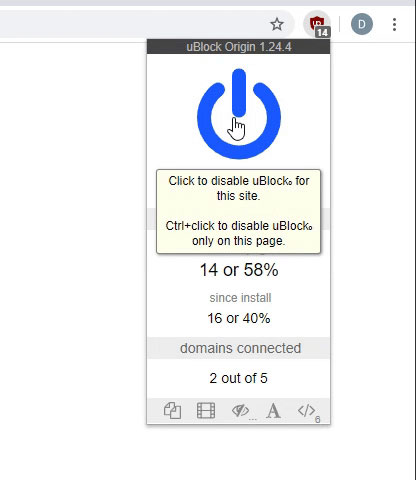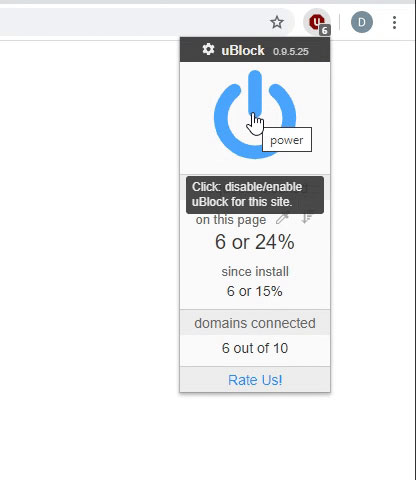I am a financial analyst at a small, local financial institution and responsible for tracking LOTS of data on a monthly/quarterly/annual basis for the executive team. This data involves deposit accounts (checking accounts, savings accounts, certificates, etc) and loan accounts (car loans, mortgages, personal loans, equity loans, etc) both in the "new accounts" and "existing accounts". I get files every month with information on both existing accounts (balance, opening date, interest rate, next due date for payment, maturity date for certificate etc) and new accounts opened in the previous business month (open date, opening amount, who opened it at what branch, etc). I report to my superiors information such as "number of new loans written last month by loan officer and branch", "amount of new loans by Loan officer and branch", "amount of new deposit accounts by type and branch and opening balance", as well as from our exisiting portfolio - delinquent loans by type of loans, days of delinquency, branch of loan, etc.
The "existing accounts"data is fairly similar on a month-to-month basis (think of your own checking account and/or loan - your account number, the date you opened it and the interest rate is the same every month, but the ending balance and next due date on your loan would change).
I've been manipulating this data in Excel for a long time, mostly because "that's what I know". However, now I've taken a few Access courses, and am wondering if I'm using the right tool for the job. The class used the "Northwind Traders" Access database for the class, and I really like the way the data is presented (Interactive graphs and tables). I'm wondering if perhaps Access is the "right tool".
HOWEVER, my institution doesn't have licenses for Access, and I don't want to have them purchase a license for the institution (we are <$300MM in assets and <100 employees) - only to find out that the "right tool for the job" was Excel all along. Therefore, I'm coming to my experts here @ Mr Excel to ask....
1. Do you think Excel is the "right tool for the job"?
2. If you think Access is the "right tool for the job" - and I start building this in Open Office, is there a huge "conversion difference" with converting the file from Open Office to MS Access?
3. If Open Office/Access is the 'right tool' - would you suggest different tables for each month's loan/deposit information, or would you just have one large table - just appending the month end date of the file as a field in each record each month to be able to do calculations?
The "existing accounts"data is fairly similar on a month-to-month basis (think of your own checking account and/or loan - your account number, the date you opened it and the interest rate is the same every month, but the ending balance and next due date on your loan would change).
I've been manipulating this data in Excel for a long time, mostly because "that's what I know". However, now I've taken a few Access courses, and am wondering if I'm using the right tool for the job. The class used the "Northwind Traders" Access database for the class, and I really like the way the data is presented (Interactive graphs and tables). I'm wondering if perhaps Access is the "right tool".
HOWEVER, my institution doesn't have licenses for Access, and I don't want to have them purchase a license for the institution (we are <$300MM in assets and <100 employees) - only to find out that the "right tool for the job" was Excel all along. Therefore, I'm coming to my experts here @ Mr Excel to ask....
1. Do you think Excel is the "right tool for the job"?
2. If you think Access is the "right tool for the job" - and I start building this in Open Office, is there a huge "conversion difference" with converting the file from Open Office to MS Access?
3. If Open Office/Access is the 'right tool' - would you suggest different tables for each month's loan/deposit information, or would you just have one large table - just appending the month end date of the file as a field in each record each month to be able to do calculations?





